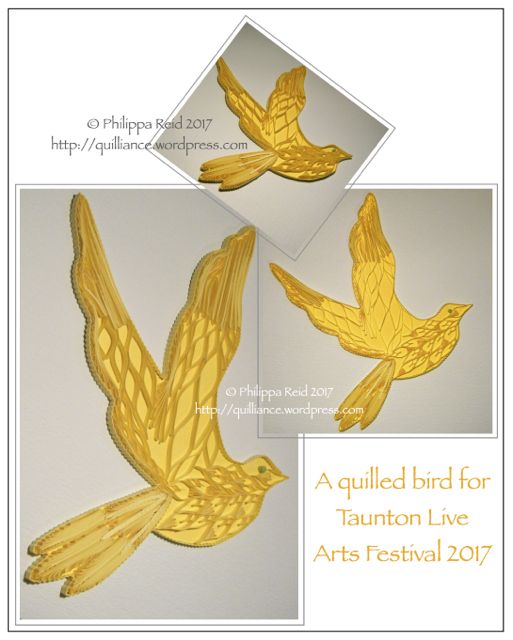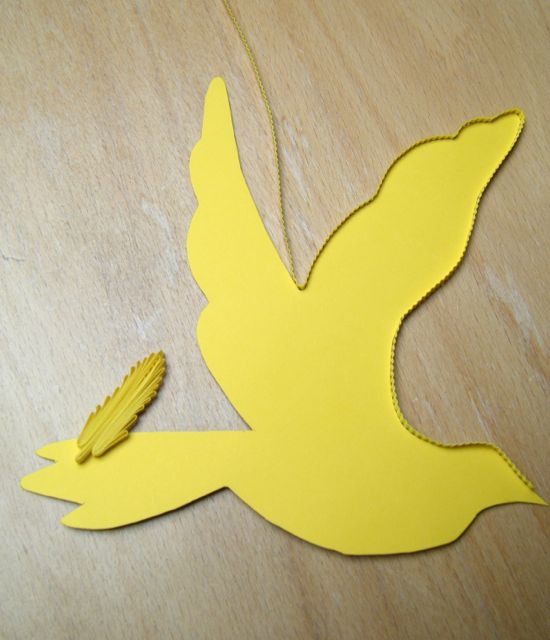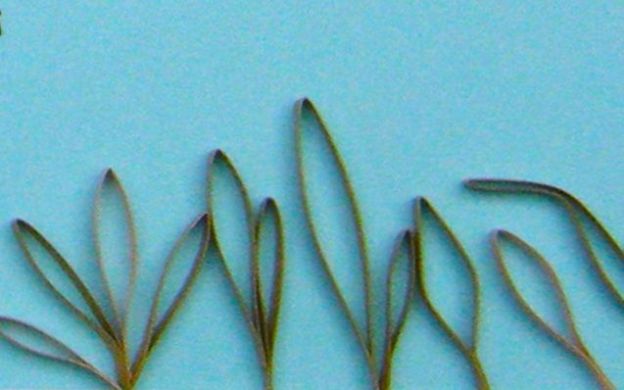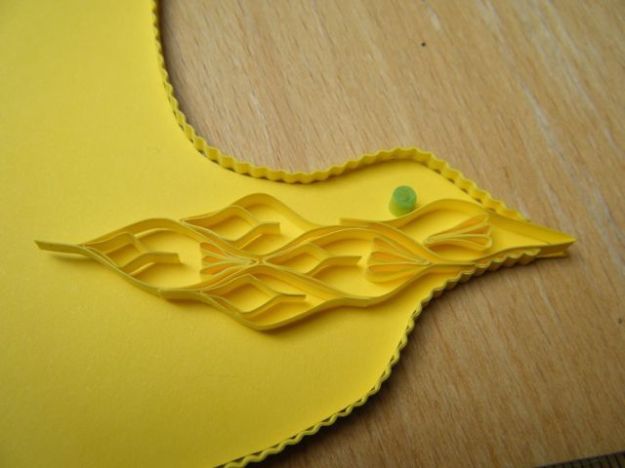 Five months since I last posted to my blog!! Time rushes by, and I’m kept so busy with producing the Quilling Guild’s members’ magazine and blog that my own site here remains sadly neglected. Plus to be honest I’ve been seduced by the ease of the ‘quick-fix’ alternatives of ‘micro-blogging’ on Facebook and Twitter which have become my main communications platforms in the meantime. Then there’s Instagram, too – I keep forgetting about that … when it comes to social media, there’s simply too much to keep up with!
Five months since I last posted to my blog!! Time rushes by, and I’m kept so busy with producing the Quilling Guild’s members’ magazine and blog that my own site here remains sadly neglected. Plus to be honest I’ve been seduced by the ease of the ‘quick-fix’ alternatives of ‘micro-blogging’ on Facebook and Twitter which have become my main communications platforms in the meantime. Then there’s Instagram, too – I keep forgetting about that … when it comes to social media, there’s simply too much to keep up with!
However … it’s Sunday afternoon, and I have some time at last to write a proper post for my own blog. So here goes:
It’s February 2017, and this month I was supposed to have been staging an exhibition of my work as a featured artist at a gallery in the village where I live – except it hasn’t happened because, tragically, the gallery was forced to close last summer. There’s a saying here in the UK that “when one door closes, another opens”, however – and that’s certainly been true for me!
Last summer, I was privileged to be asked to get involved in the Taunton Live Arts Festival in Somerset – you can read all about it here. This enabled me to exhibit, and subsequently sell, some of my work – which more than makes up for the lost opportunity of the cancelled gallery show. Plus preparations are now well underway for Taunton Live 2017 in which I am going to be even more deeply involved this year!
This should give me plenty more to be blogging about as the year unfolds – and I’m going to start with this piece, which I finished quilling yesterday:
One of the festival organisers is going to stage a wall installation in the town centre, featuring an array of origami paper flowers in individual rainbow colours, and she asked if I could produce a yellow bird with quilled decoration to ‘fly’ amongst them. The bird had to be based on a solid cut-out background shape which can be attached to the wall by means of ‘sticky fixers’ – and it had to be flying from left to right.
I started by cutting out the bird shape from yellow card, and edging it with a crimped border made from two 3mm yellow quilling strips glued together. The border was attached by applying glue to the side edge of the bird shape, working from the back so that any excess ‘blobs’ would not show on the front side. I also started working to develop a format for the tail feathers, based on a central wheatear spine bordered by two alternate side-looped huskings.
I then made a radical decision regarding the way in which I would ‘feather’ the main body of the bird. In earlier days, I would have set about laboriously filling up the space with closed loose coil marquises or endless ‘beehive’ twists made with a slotted tool – but, do you know, I am just SO bored with these popular methods of quilling infill!! Beehive, to me, is over-done these days and really rather unimaginative. As for interlocking coiled marquises – well, not only do I find them boring to make, but I personally think the end result can be unattractively ‘heavy’ and ‘clumpy’; I badly needed to develop an alternative approach.
So, this year, I’ve started experimenting with simple marquise/teardrop shapes formed from short ‘conditioned’ (i.e. rubbed with a thumbnail) and folded lengths of quilling strip, glued together at their tips. Thanks to their pre-conditioning, these can be gently pressed open to form a shape like a delicate blade of grass:
OR, they can be pinched and pressed into a shape which I like to call an ‘ogee’ because it echoes the architectural form of an ‘ogee arch‘. I have used these ‘ogees’ as the basis for a composite feather pattern for my bird, incorporating tiny huskings, as you can see here:
Do you know, I’m really getting into these ogees! I LIKE the fact that they are light, clean-cut shapes, uncluttered by the visual distraction of multiple outward-coiling ‘spiracles’. They can be fitted into awkward spaces and grouped together just like coiled marquises – but the end result is so much more open and, in my humble opinion, more attractive. I’m going to be working on developing the use of this shape in many more projects, like the leaves of this quilled wisteria, for example:
I’m becoming convinced that making space is sometimes more effective than slavishly filling it. So I’ve used ogees for my bird, which is now flying free, and will be making its public appearance in Taunton in July.





